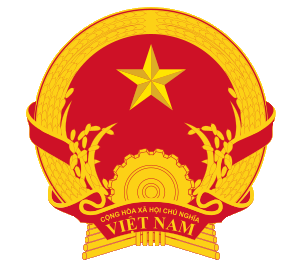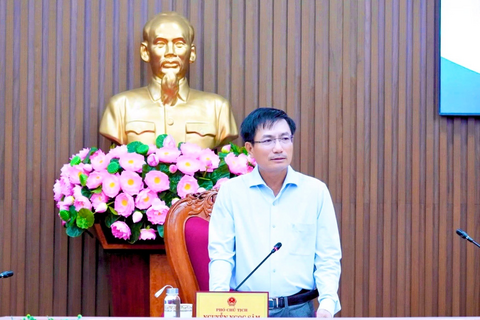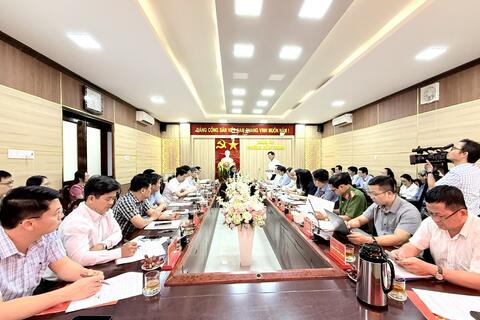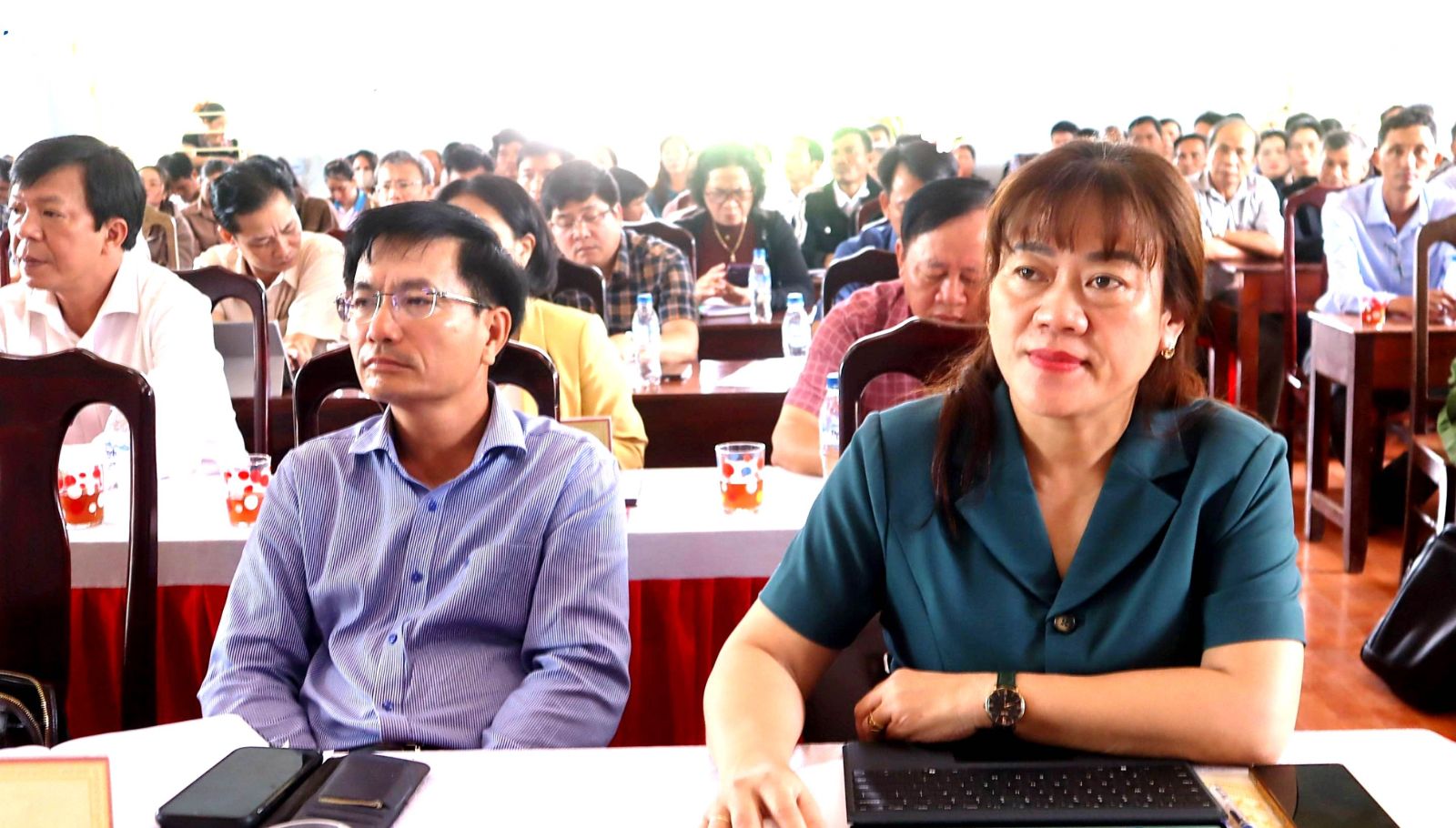
QUẢNG NGÃI - On October 16, Vice Chairman of the People’s Committee of Quảng Ngãi Province Trần Phước Hiền chaired a working session with the People’s Committee of Nghĩa Lộ Ward to review the ward’s socio-economic development, national defense and security during the first nine months of 2025, outline plans for the remaining quarter, and assess operations following the administrative merger and implementation of the two-tier local government model.
Nghĩa Lộ Ward was established through the merger of four former wards of Quảng Ngãi City, including Lê Hồng Phong, Trần Phú, Quảng Phú, and Nghĩa Lộ, covering an area of 17.07 square kilometers with a population of 73,556 residents across 34 residential groups.

Since its establishment, the ward has consolidated its organizational structure, reassigned officials, and ensured the new administration operates smoothly and effectively under the two-tier model.
During the first nine months of 2025, Nghĩa Lộ recorded a gross product value of nearly VNĐ 7 trillion, up 9.26 per cent year-on-year.
The local economy comprises 63.71 per cent industry and construction, 35.94 per cent services, and 0.35 per cent agriculture.
Industrial production continued to show positive signs, particularly from enterprises in the Quảng Phú Industrial Park, which has significantly contributed to local economic growth.
The ward is home to over 4,000 businesses, and currently boasts 25 three-star OCOP products and one five-star product — Quảng Ngãi Maltose Syrup (Mantoza brand) produced by the Quảng Ngãi Malt Factory.
Budget revenue during the first nine months was estimated at VNĐ 2.7 trillion, fulfilling 96.3 per cent of the provincial and local council’s targets. Between July and September 2025, the ward’s Public Administrative Service Center processed 4,020 of 4,290 received applications, including 3,078 online submissions.
At the meeting, Nghiã Lộ Ward proposed that the province consider expanding the functions of its Public Service Supply Center to include public utilities management—such as lighting, greenery, and drainage; authorize the ward to establish a Project Management Unit for local infrastructure projects, and provide additional human resources from the provincial level, particularly in land administration.
The ward also requested the issuance of a local governance handbook to guide commune-level authorities in implementing delegated administrative procedures.

In his concluding remarks, Vice Chairman Hiền commended the ward’s leadership and staff for their efforts in stabilizing the new administrative structure and achieving positive socio-economic outcomes since the merger.
He urged the ward to maintain momentum, address existing challenges, and focus on meeting local growth targets to contribute to the province’s overall 10–10.5 per cent growth goal for 2025.
Hiền emphasized Nghĩa Lộ’s strategic role as a central locality of Quảng Ngãi Province, with strong potential for commerce and service development.
He called for a comprehensive spatial and administrative planning review to leverage advantages inherited from the former city structure while enhancing coordination with neighboring communes for integrated economic, cultural, and social development.
The Vice Chairman also directed the ward to prioritize key investment projects such as the Thạch Bích Green Park, southern Trà Khúc River embankment and landscape improvement, North Huỳnh Thúc Kháng residential area, and transport junction upgrades.
Regarding the two-tier government model, Hiền urged local authorities to address operational bottlenecks promptly, accelerate digital transformation, and improve public service delivery to strengthen citizens’ and businesses’ confidence.
Relevant provincial departments were assigned to coordinate with the ward in resolving its proposals within their authority.
For the Tôn Đức Thắng pedestrian street proposal, the Vice Chairman tasked the Department of Industry and Trade and the Quảng Ngãi Investment, Trade and Tourism Promotion Center to assist Nghĩa Lộ Ward in implementation, aiming to open the pedestrian street before the Lunar New Year to create an attractive public space for residents and visitors.
M.H





.jpg)

.png)
.png)


